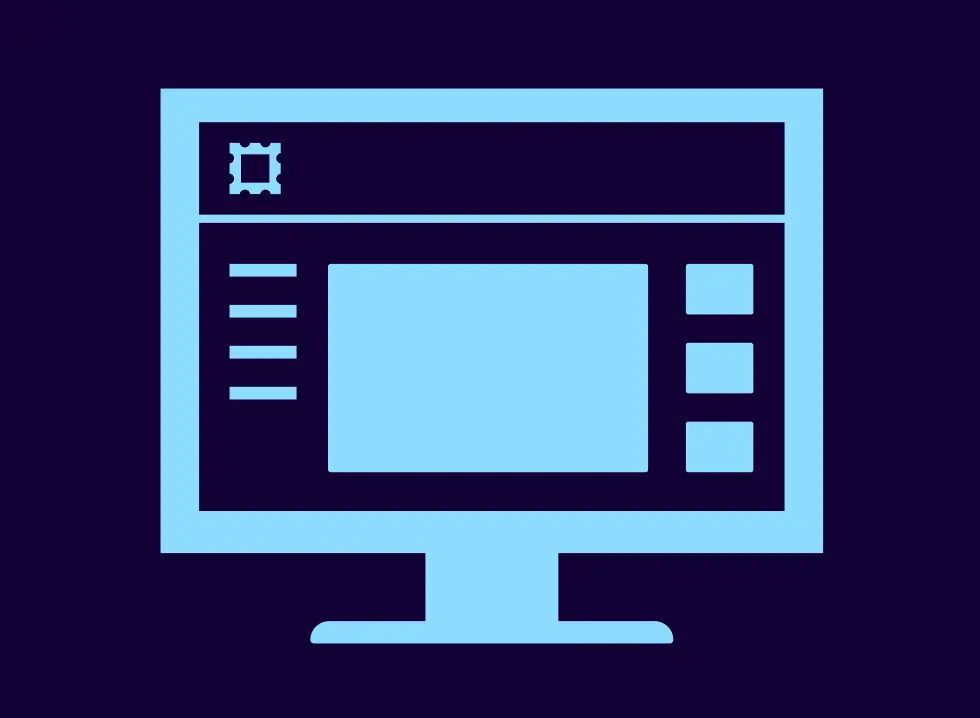
You’re in Arizona and interested in sending a cactus to a friend in New York. Or you’re in Minnesota and want to send a Japanese maple to your mother in Oregon. Can you do this?
By Paul Morris
Last Updated Nov 13, 2025 – 3 min read

See today’s discounted USPS rates at a glance. Compare options, estimate costs, and avoid surprises at checkout.
Get Discounted Postage
Compare live carrier rates across services to balance speed, tracking, and cost for every shipment.
Try Our Free Rate Calculator
Compare live carrier rates across services to balance speed, tracking, and cost for every shipment.
Try Our Free Rate Calculator
Compare leading mailing and shipping software, learn essential features, and pick the right platform for growth.
Read the Article
Explore features business owners need, compare providers, and choose software that scales with your growth.
Read the Article




Learn how Lewis & Associates Capital Advisors eliminated time-consuming trips to the post office by implementing Stamps.com's online mailing solution, saving up to 30% on postage costs while reclaiming valuable hours for client-focused work.
Read Their Story
Step by step guide to printing NetStamps at home, including supplies, setup tips, and common fixes.
Read the Article
With the right approach and tools, you can handle your holiday communications efficiently without the last-minute scramble. This guide shows you how to streamline the process, avoid common pitfalls, and maintain your professional image during the busiest time of year.
Read the Article
Stamps.com lets you compare all carrier rates and services all in one place, every time you ship.
Try Our Free Rate Calculator
You’re in Arizona and interested in sending a cactus to a friend in New York. Or you’re in Minnesota and want to send a Japanese maple to your mother in Oregon. Can you do this?

You’re in Arizona and interested in sending a cactus to a friend in New York. Or you’re in Minnesota and want to send a Japanese maple to your mother in Oregon. Can you do this?
You can mail certain plants within the United States. However, keep in mind that when mailing plants, flowers, roots, seeds, and trees, there are rules governing how and if they can travel through the mailstream. It’s important to note that you, as the mailer, have the responsibility to ensure your mailing activity does not violate any law. USPS Publication 14 is a great place to start.
Threatened and Endangered Plants
One reasons regulations are in place is to protect threatened and endangered species. Not sure if what you want to mail is protected? Take a look at this database of endangered plants maintained by the U.S. Department of Agriculture. Some threatened and endangered plants of California, for example, include the Baja rose (Rosa minutifolia), Santa Inez goldenbanner (Thermopsis macrophylla), and the Yreka phlox (Phlox hirsuta).
Pests and Diseases
Rules are also in place to ensure that plant pests and diseases do not spread and wreak havoc to industries and ecosystems. Therefore, for domestic mail, some plants that may be infested by insects or sickened by plant diseases may be subject to quarantine. Further information can be found at this USPS resource.
The Animal and Plant Health Inspection Service (APHIS) maintains a useful database of information on plant pests and diseases here: https://www.nifa.usda.gov/topics/plant-health
It’s important to stay current to avoid penalties. Read up on pests. The coconut rhinoceros beetle, for example, detected in Hawaii, can do serious damage to coconut trees, and also feeds on commercial crops such as bananas, sugarcane, papayas, and pineapples. Citrus diseases like Citrus Black Spot and Sweet Orange Scab can also do damage to commercially important crops and production.
Other Domestic Guidelines
Individual states may have restrictions as well, so it’s always good practice to check with local plant health divisions before you mail any plant. For example, citrus plants are prohibited from entering California from other U.S. states. Fresh flowers of jade vine and Mauna Loa from Hawaii cannot be imported into the U.S. mainland and Alaska.
International Mail
For international mail, plants (along with seeds, plant materials, fruits and vegetables), are subject to the USPS prohibitions and restrictions as well as the quarantine regulations of the destination country. For example, you need a plant health certificate if you’re mailing plants, seeds, or bulbs to France, and the United Kingdom also requires an import permit issued for plant shipments. Individual country listings and restrictions can be reviewed here.
Preparing your shipment
When packing plants, the USPS requires the use of strong waterproof material, such as waxed Kraft paper, to maintain the moisture in the plant roots, but also to secure your mailpiece against leakage and damage during transit. Thorny plants should be wrapped in puncture-proof paper, and the tops of plant bundles should also be wrapped and covered.